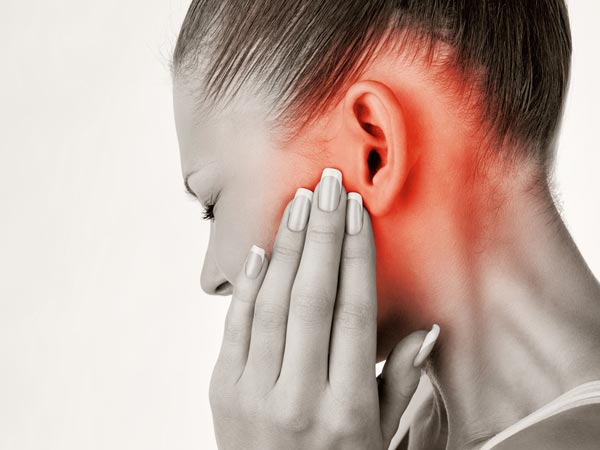Dr Diptarka Bhattacharyya, ENT Consultant at Apollo Spectra Hospital Bangalore
The monsoon is known for ushering in pleasant temperatures and a much-needed break from the torrid heat of the Indian summer, but it also brings with it a host of health-related problems. It also paves the way for many infections, mainly waterborne diseases, allergies, and more. Outer Ear infections are among some of the most common occurrences in monsoon.
During the monsoon season, the moist weather, rain and contaminated water entering the ear may facilitate fungal infections. They can even enter the middle ear if there is a small hole in the eardrum, which can frequently happen.
These damp weather conditions can easily act as a catalyst for the growth of bacteria & fungi in the environment and therefore lead to an upshoot in infections. Moreover, these very same conditions can worsen allergies and lead to an increase in viral upper airway infections, especially in the young and the elderly. These viruses can multiply in no time and eventually cause severe infection in the ears. Young children and adults are susceptible to upper respiratory infections due to the cool breeze during this time of year.
Likewise, the debris in the ear or excess earwax and minor bruises from earbuds can also increase the risk of ear infections. Unfertilized cotton ear buds, sharp objects, and sticks used to clean ears can often contaminate the ear & contain fungal spores.. As they are inserted inside the ears to clean, the bacteria get transferred into the ear canal.
Causes of Ear Infection
Cold, sinus, and mucus secretion and change in air pressure are very normal during the monsoon season. It can lead to an ear infection. Other than these, seasonal allergies, smoking, enlarged adenoids can also cause ear infections. In the current pandemic and work-from-home situation, there has been an increased usage of earphones, which is also one of the other main causes of ear infections.
- Common Cold – Middle ear infections called infectious otitis media or otitis media with effusion is a common sequelae of a viral URI or common cold caused by pathogens from the nose and throat making way and entering the ear with the eustachian tube as a pathway. These viruses lead to fluid buildup in the middle ear which promotes the bacteria to grow in this fluid, leading to a middle ear infection
- Bad ear hygiene – Hygiene is an integral part of maintaining health. Similarly, ear hygiene is also important. Using unsterilized earbuds or safety pins is extremely unhygienic and can cause infections. Using saliva or any other kind of oils to clean the ears will most likely lead to a severe ear infection.
- Increase in the humidity level – Increase in moisture levels in the atmosphere and too much moisture inside the ear can lead to breaking down the skin on the walls of your ear canal. This lets bacteria or fungus enter the deeper canals of the ear and cause an infection.
Common Symptoms
Irrespective of the infective agent causing the issue, some common symptoms are to look out for are:
- Severe pain and itching in the infected region of the ear
- Coloured and smelly liquid discharge from the infected ear
- Increased body temperature and fever
- Throbbing headache and toothache
- Ear block and fullness
- Ringing or tinnitus in the ear
Preventive measures
- Preventing the common cold – It is necessary to take precautions to avoid cold during the monsoon season as they are the most common cause of ear infections. One can prevent the common cold by wearing warm clothes and keeping ears covered in order to prevent them from being exposed to the cold air.
- Avoid smoking – It has been observed that smoking can cause inflammation and swelling of the ear tubes and can worsen the changes seen during monsoon season. Therefore, it is advised to reduce smoking or decrease the consumption of tobacco, particularly during this season.
- Limit earphone usage – The usage of earphones should be monitored and often the devices need to be cleaned before use. It is recommended to refrain from using earphones or earbuds for long periods. A common rule of thumb is 50 on 10 off, which means for every 50 mins one has the ear phones in, they should let the ear breathe for 10 minutes.
Ear infections are such that they might go unnoticed in the early days as the symptoms are not severe. It is important to visit the doctor and get the right diagnosis before the infection spreads to other parts of the ear. Recurring ear infections are known to cause serious long-term consequences, including hearing loss in some cases. The spread of infections among children and infants can lead to delay in speech and ruptured eardrums.

